February 9, 2017
Interruptions may actually improve team decision making, claims study 0
 Teams make better decisions if they are interrupted with advice during their task, rather than advised before it, new research from UCL School of Management claims. In a study published in the journal Organizational Behavior and Human Decision Processes, Professor Colin Fisher of UCL looked at the timing and impact of formal interventions in decision-making groups. He found that giving teams advice ahead of time to prevent problems from emerging doesn’t work as well as interrupting them with in-process interventions.Decision-making groups value interruptive advice more, which leads them to share more critical information and make better decisions, compared to groups getting the same advice before they begin their task – even when the difference between receiving the information was only a few minutes.
Teams make better decisions if they are interrupted with advice during their task, rather than advised before it, new research from UCL School of Management claims. In a study published in the journal Organizational Behavior and Human Decision Processes, Professor Colin Fisher of UCL looked at the timing and impact of formal interventions in decision-making groups. He found that giving teams advice ahead of time to prevent problems from emerging doesn’t work as well as interrupting them with in-process interventions.Decision-making groups value interruptive advice more, which leads them to share more critical information and make better decisions, compared to groups getting the same advice before they begin their task – even when the difference between receiving the information was only a few minutes.
“The findings go against the conventional wisdom that prevention is always better than cure. Teams that were interrupted had more productive discussions on a variety of measures, improving the quality of the decisions they made. Surprisingly, it didn’t matter specifically how long we waited to intervene, so long as the group had already begun its discussion,” said Professor Fisher.
To investigate, he conducted experiments with 124 three-person groups who made two decisions about opening a fictitious new gourmet restaurant. To reveal the best choices, members had to pool their individual information.
Groups received advice either before their discussion, or at varying points during their discussions. Videos of discussions were used to measure the discussion length, level of advocacy, and amount of information shared, all of which predicted the likelihood of choosing the correct answer.
“Future research should examine in-process interventions outside of the laboratory and investigate on-going teams working on a variety of tasks, from brainstorming to problem solving,” concluded Fisher.






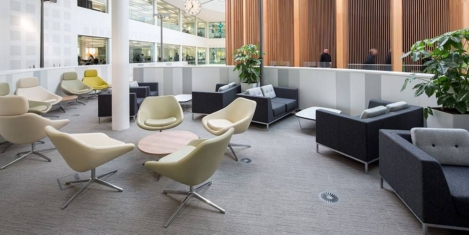
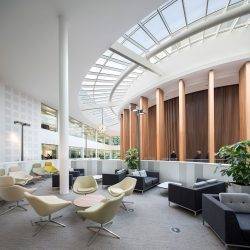
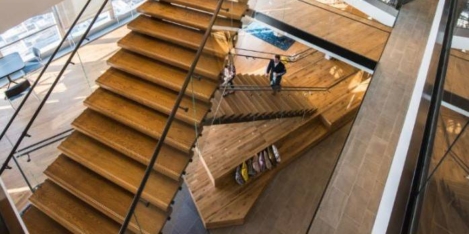
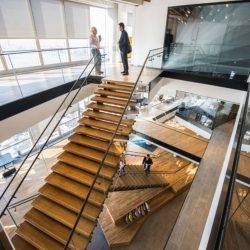
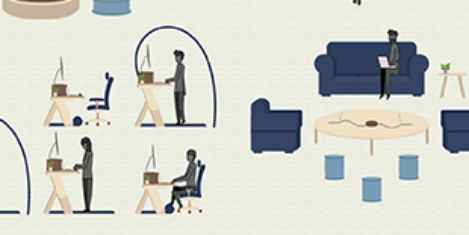
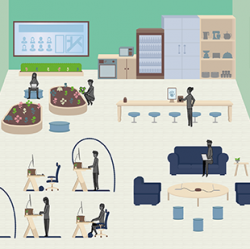



 Amos Tversky and Daniel Kahneman introduced the concept of Loss Aversion in 1984, highlighting people’s tendency to strongly prefer avoiding losses to acquiring gains. Most studies suggest that losses are twice as powerful, psychologically, as gains. Lose £100 and we will feel a remorse that easily outweighs winning £100. In a similar fashion we find it very hard to see future positives when confronted with short term loses. We understand easily what we have lost but cannot imagine what there is to be gained. Furthermore, as Frederic Bastiat wrote in an 1850 paper, “That Which is Seen, and That Which is Not Seen”, man has a tendency to “pursue a small present good, which will be followed by a great evil to come, rather than a great good to come, at the risk of a small present evil”. Put these together and it is no wonder that, by and large, the future of work, corporate real estate and the workplace is so widely misunderstood.
Amos Tversky and Daniel Kahneman introduced the concept of Loss Aversion in 1984, highlighting people’s tendency to strongly prefer avoiding losses to acquiring gains. Most studies suggest that losses are twice as powerful, psychologically, as gains. Lose £100 and we will feel a remorse that easily outweighs winning £100. In a similar fashion we find it very hard to see future positives when confronted with short term loses. We understand easily what we have lost but cannot imagine what there is to be gained. Furthermore, as Frederic Bastiat wrote in an 1850 paper, “That Which is Seen, and That Which is Not Seen”, man has a tendency to “pursue a small present good, which will be followed by a great evil to come, rather than a great good to come, at the risk of a small present evil”. Put these together and it is no wonder that, by and large, the future of work, corporate real estate and the workplace is so widely misunderstood.

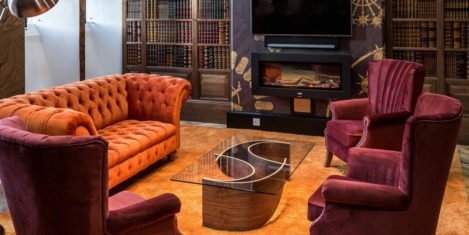
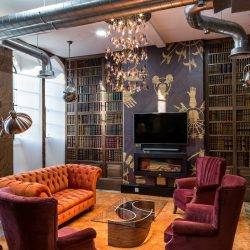


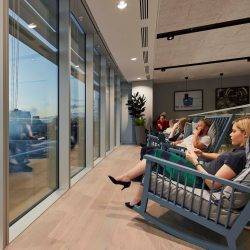

















February 10, 2017
Reflections on the future of work from a mirrored room 0
by Neil Usher • Comment, Facilities management, Technology, Workplace design
More →